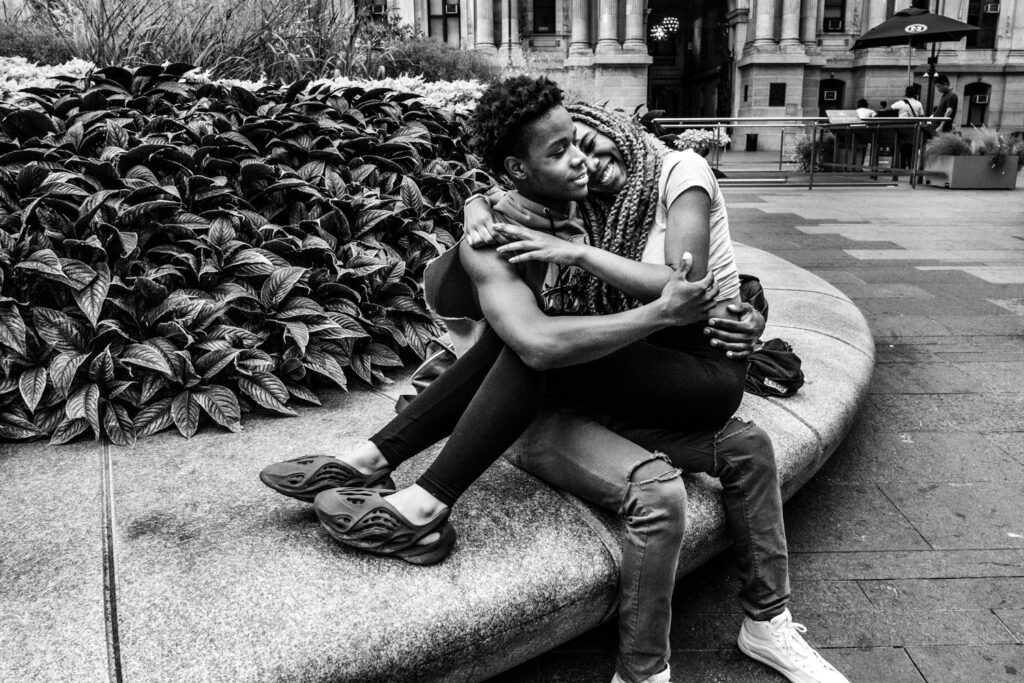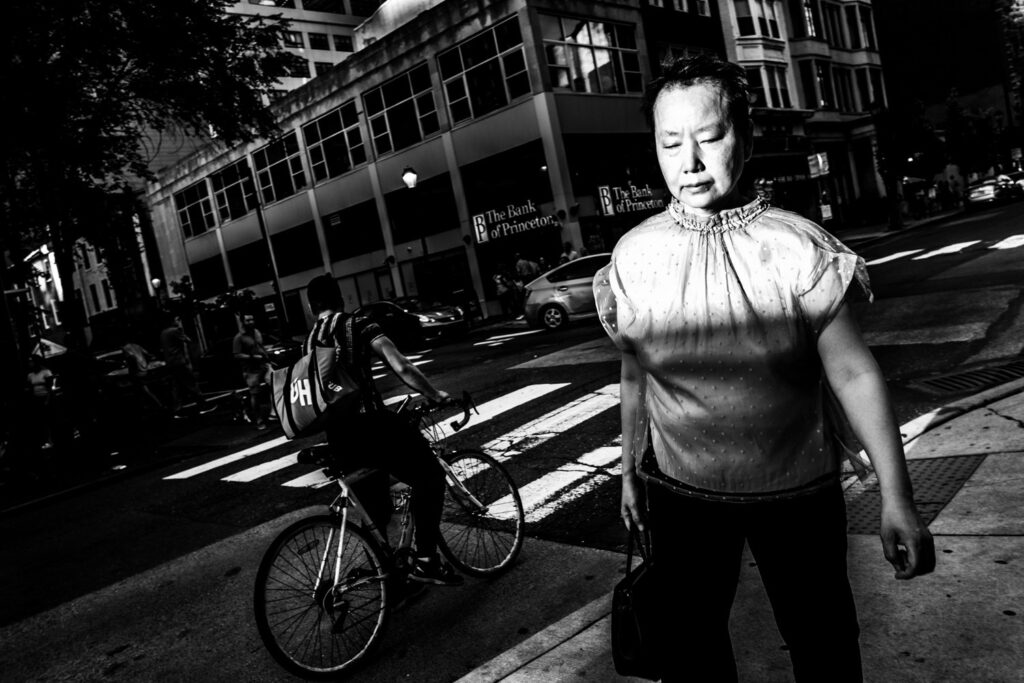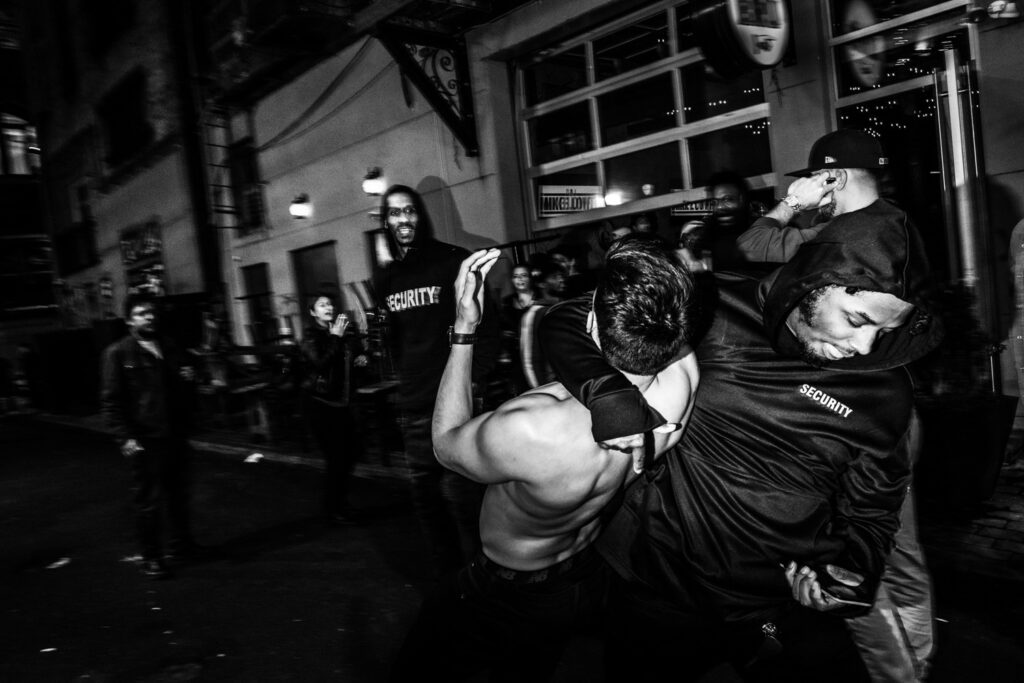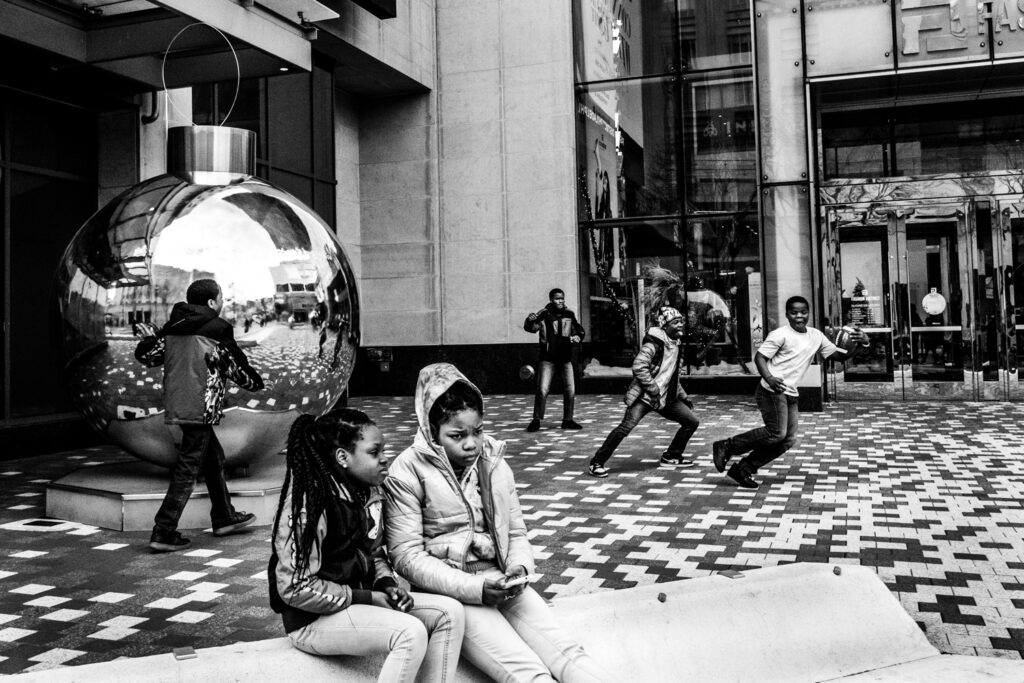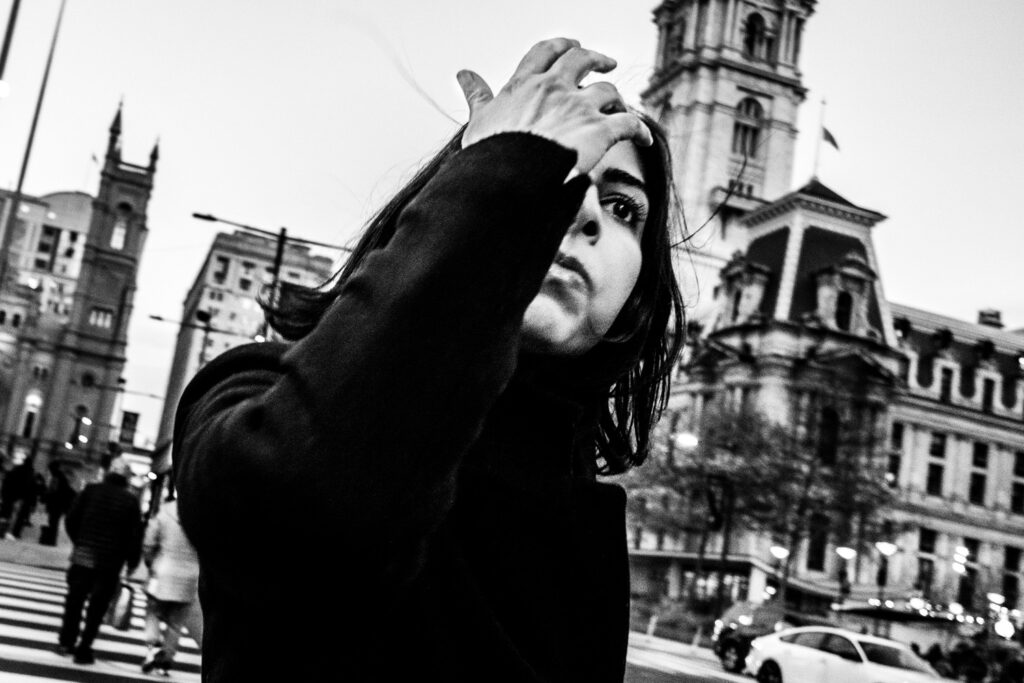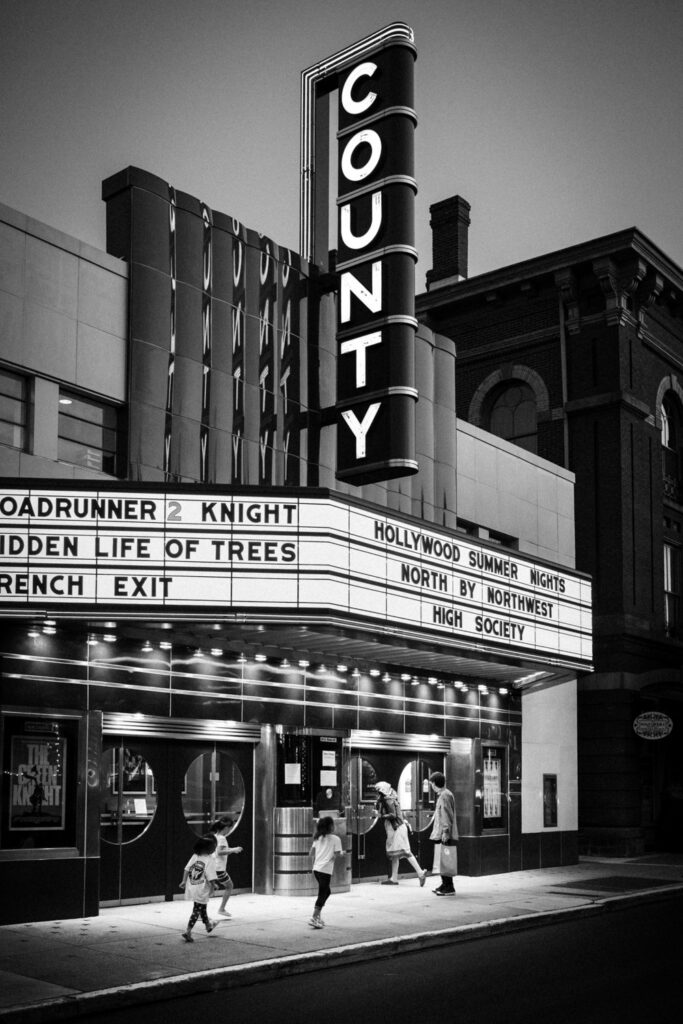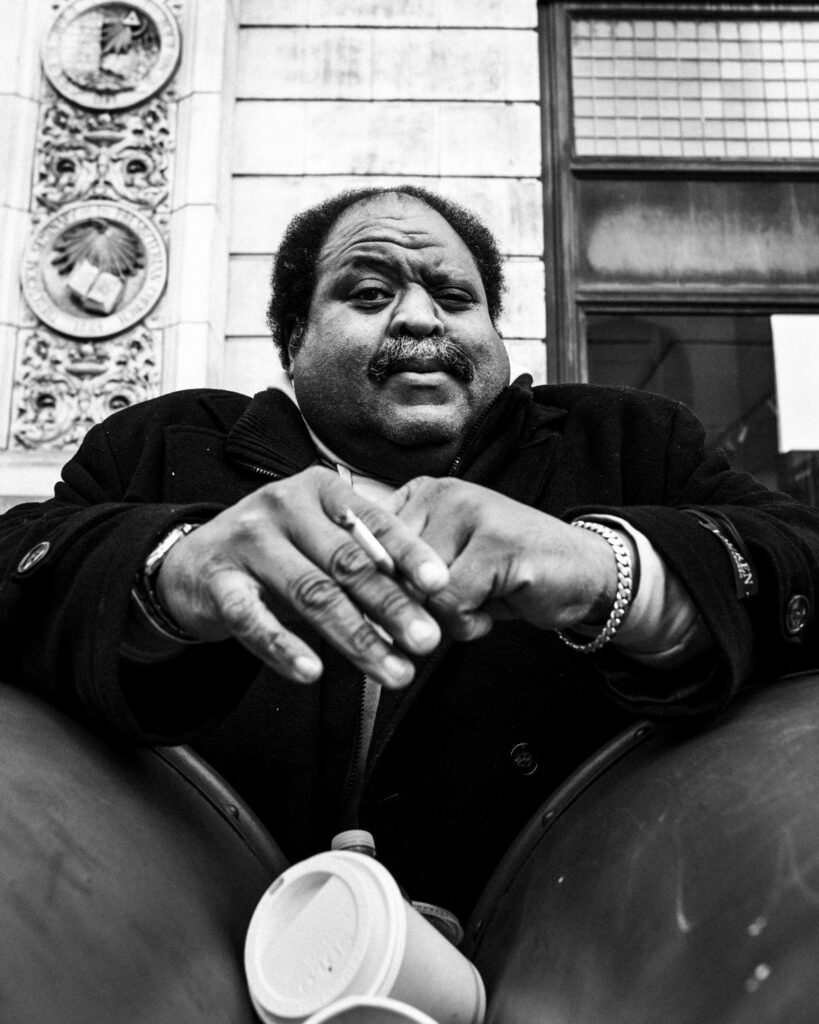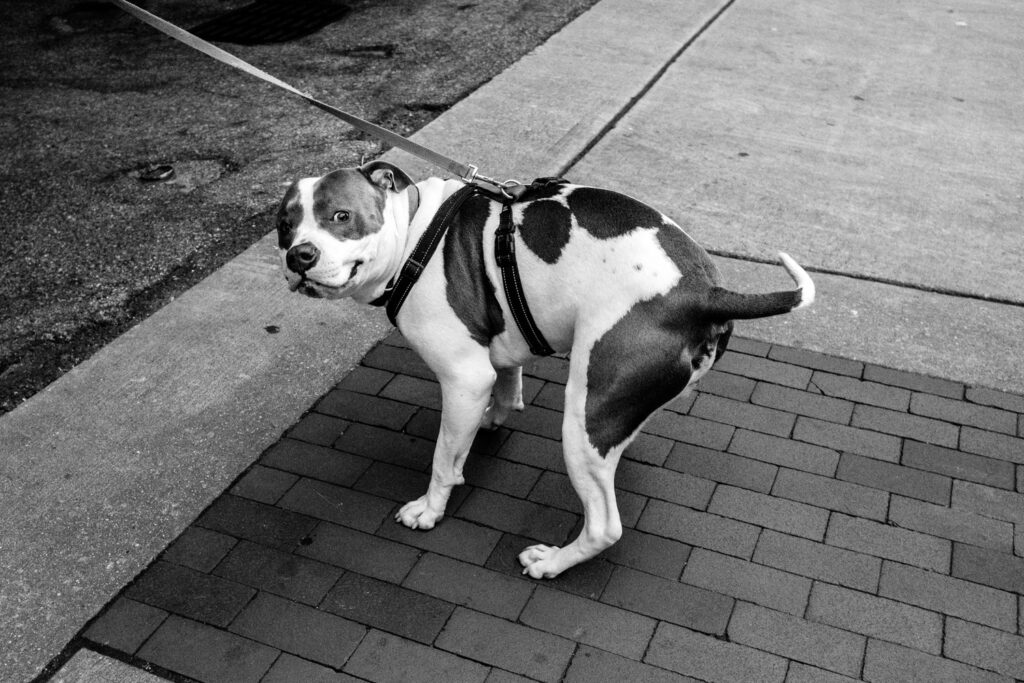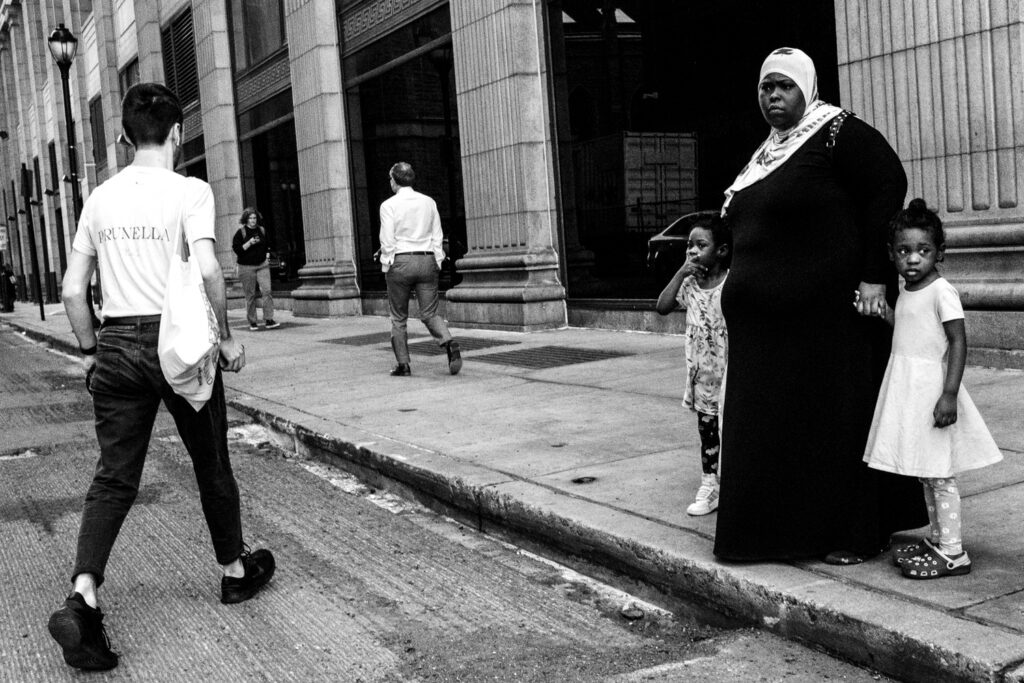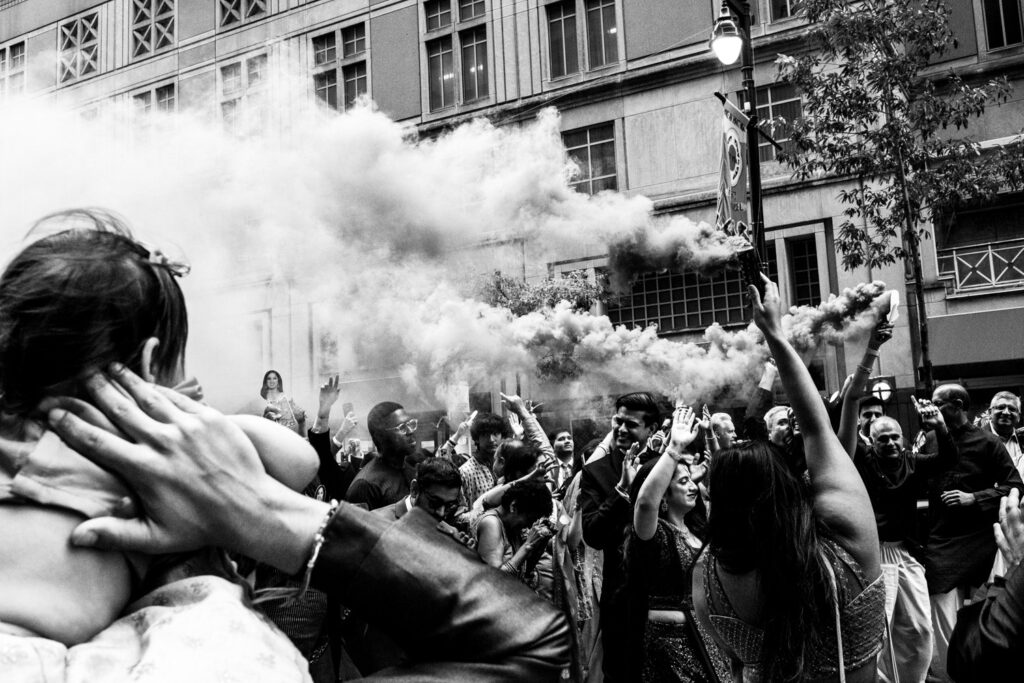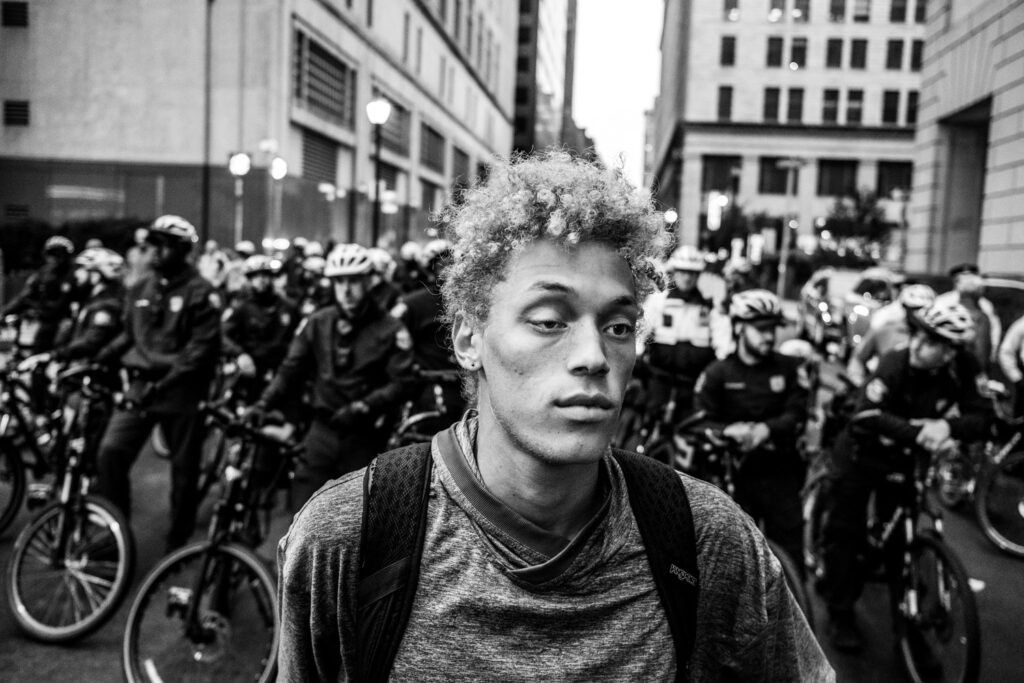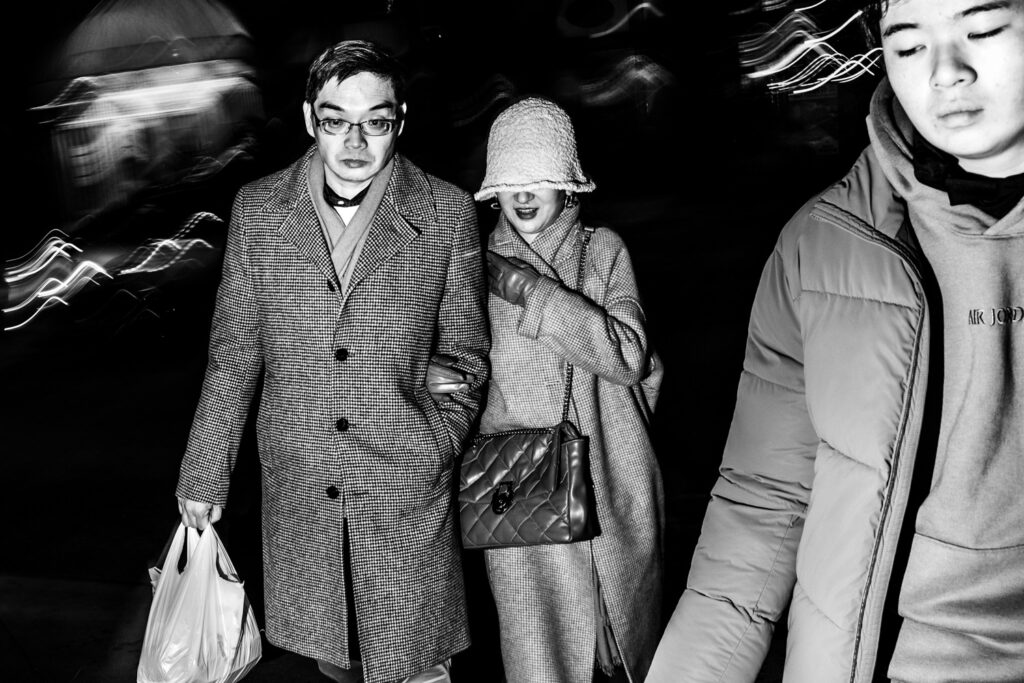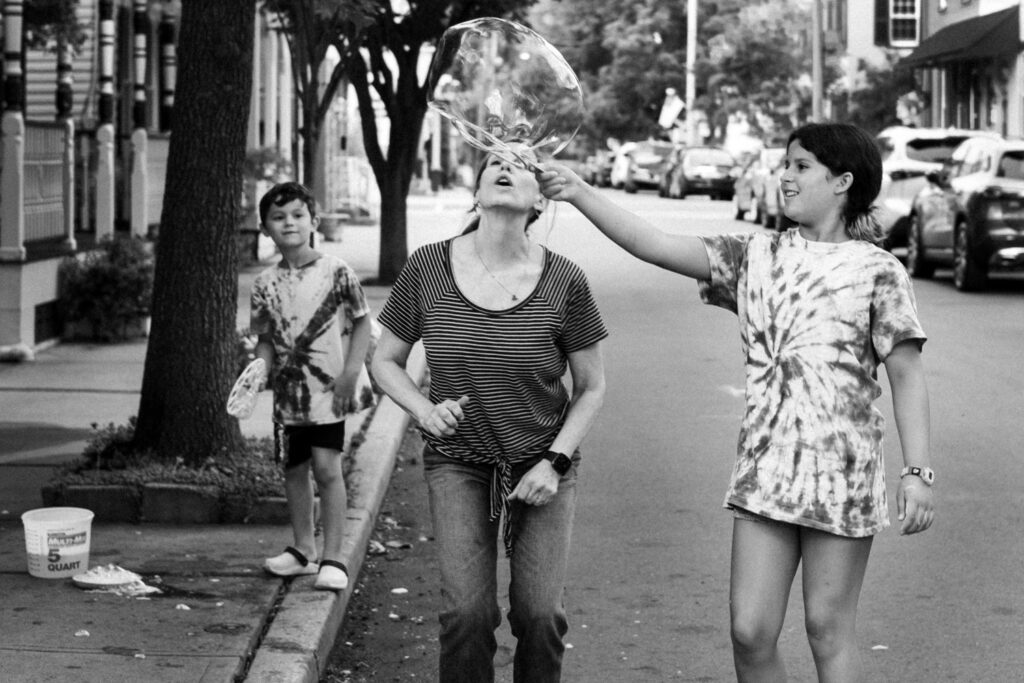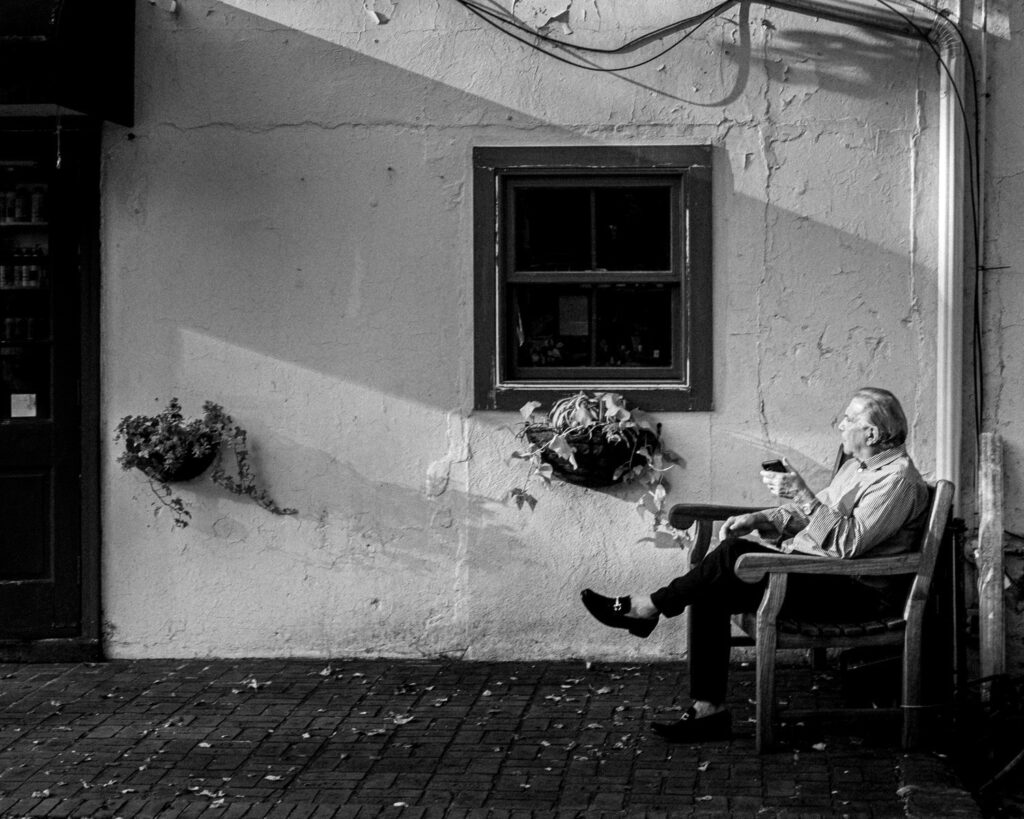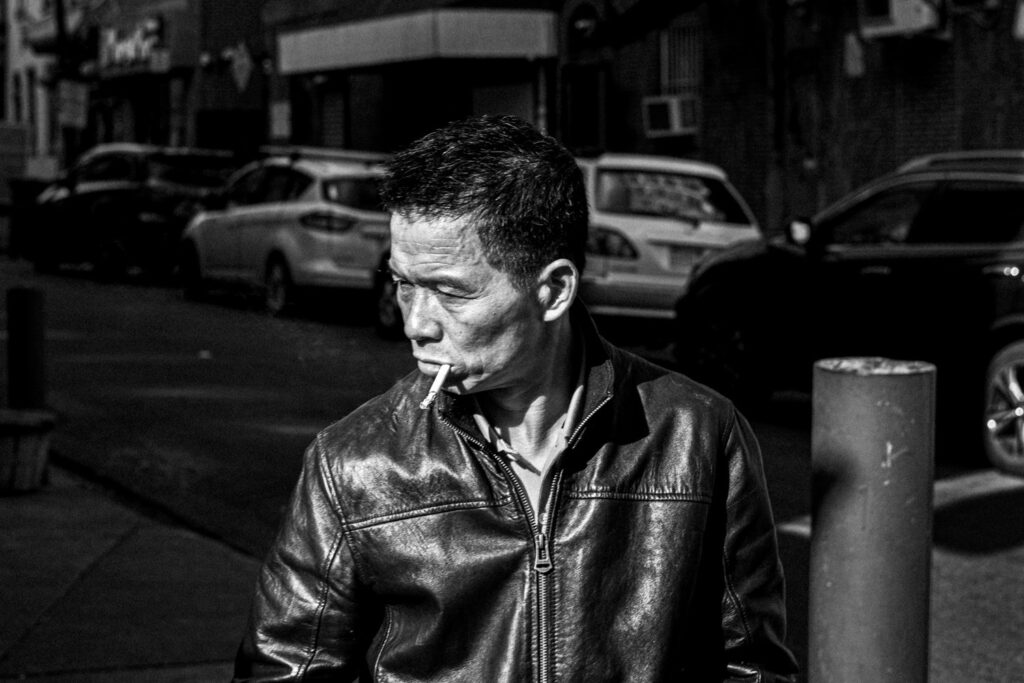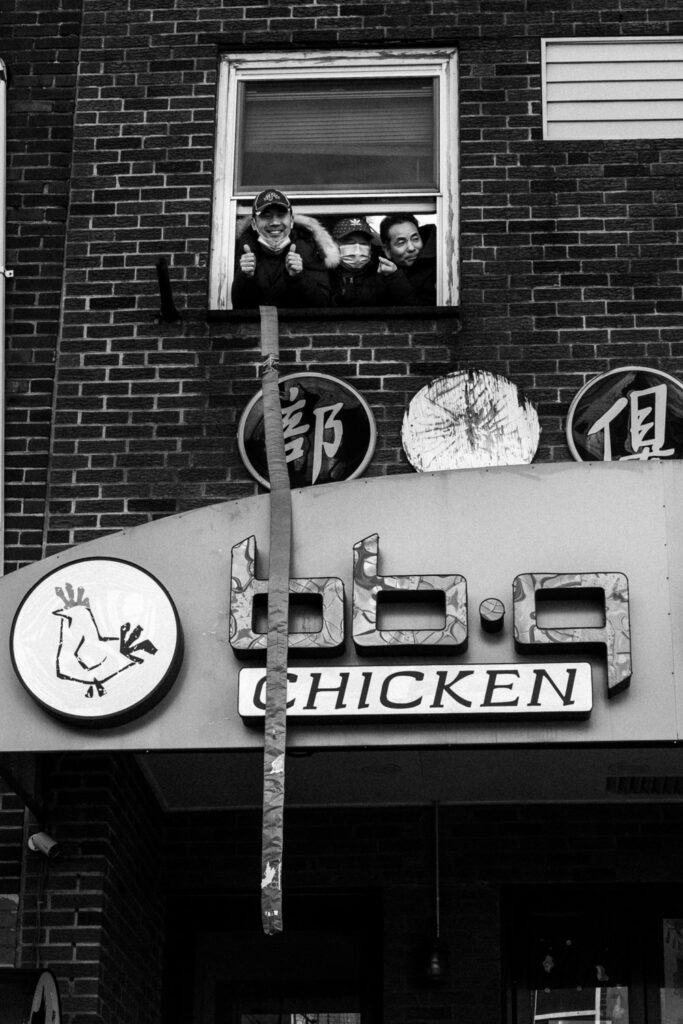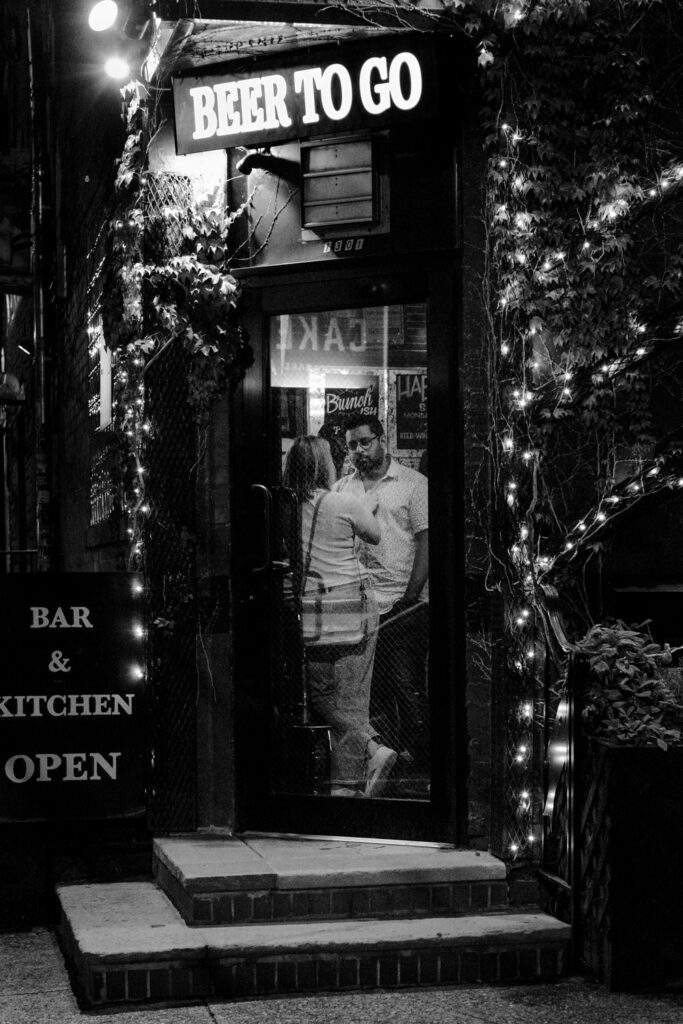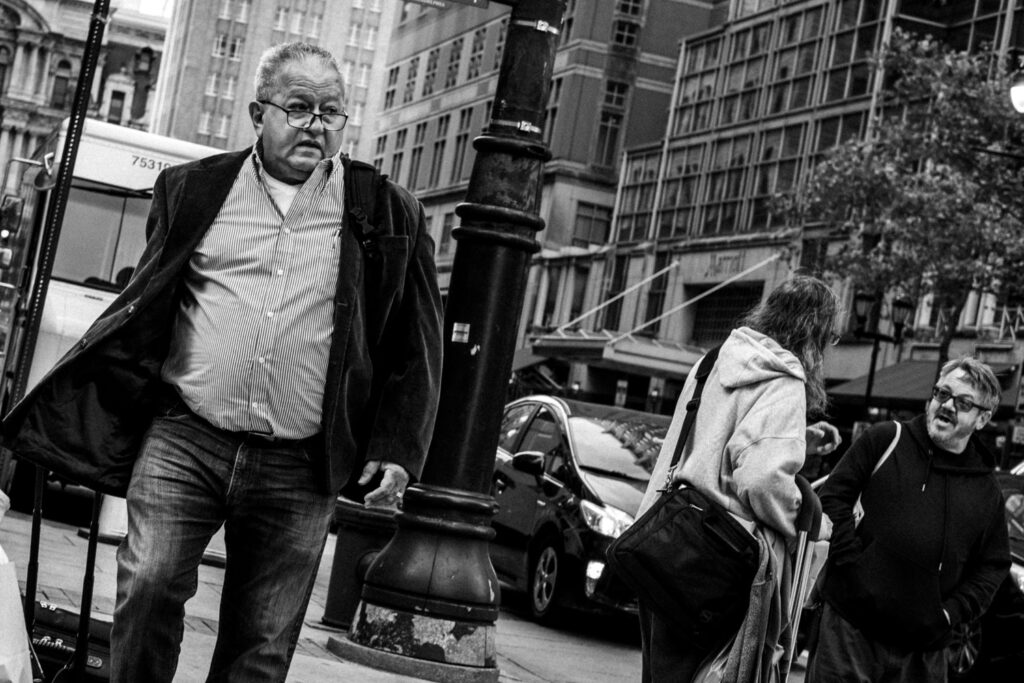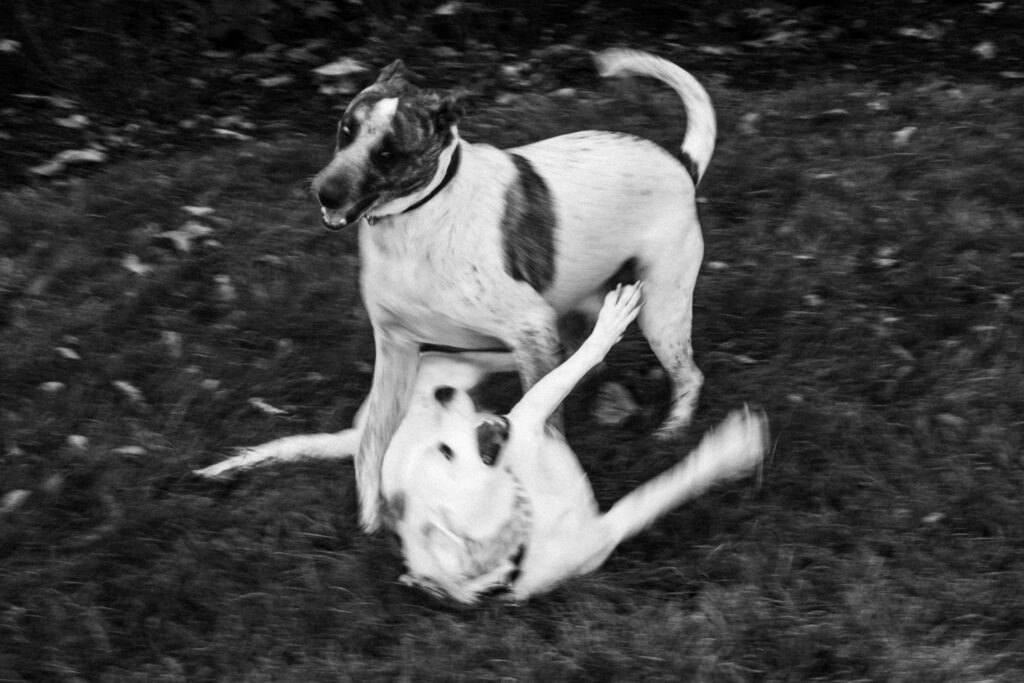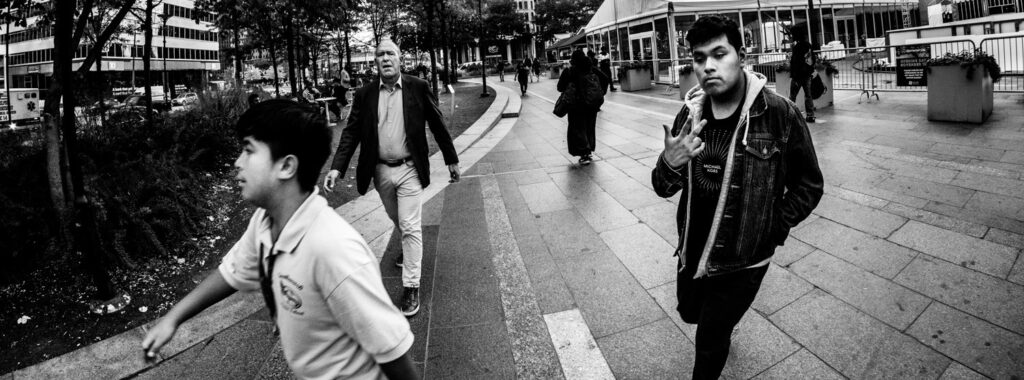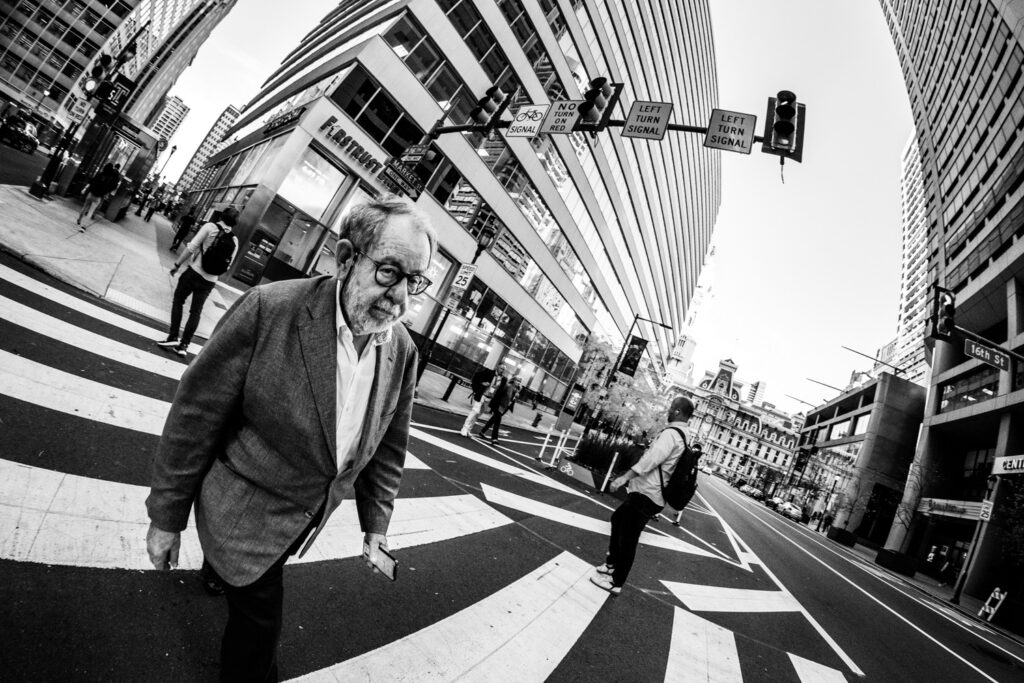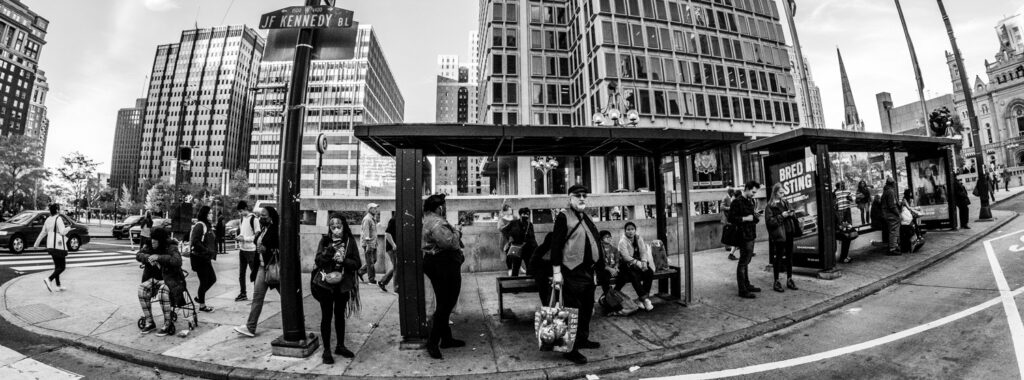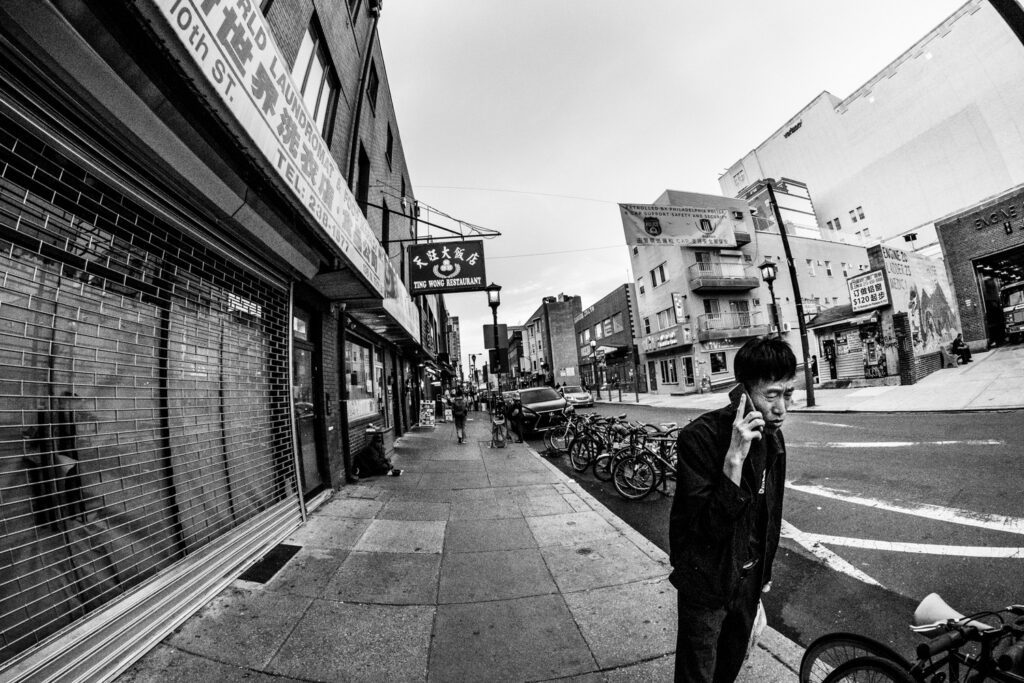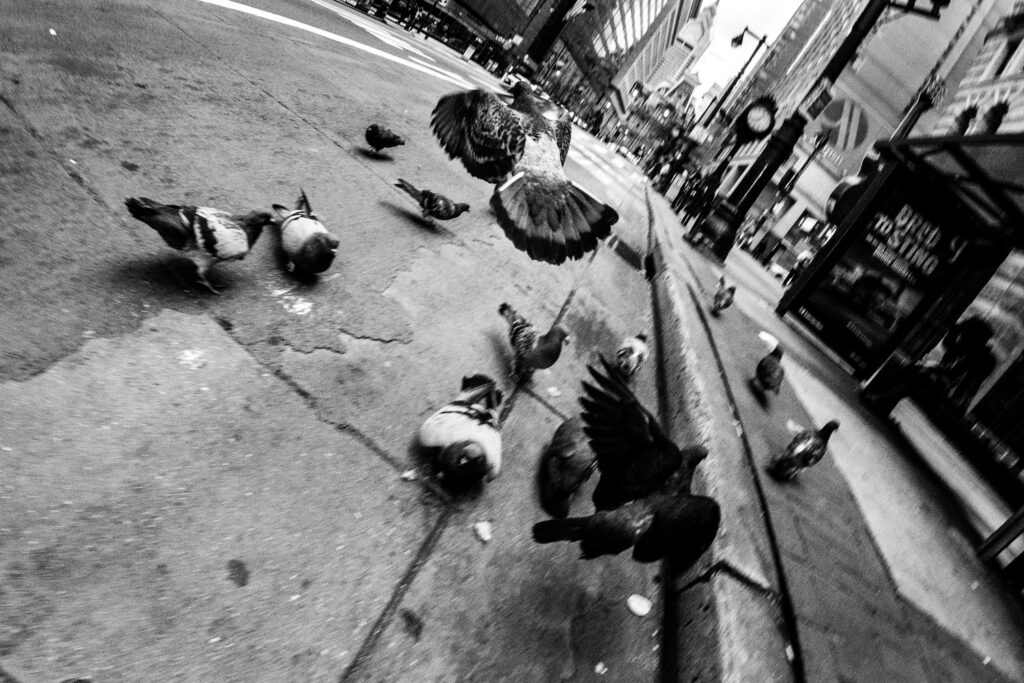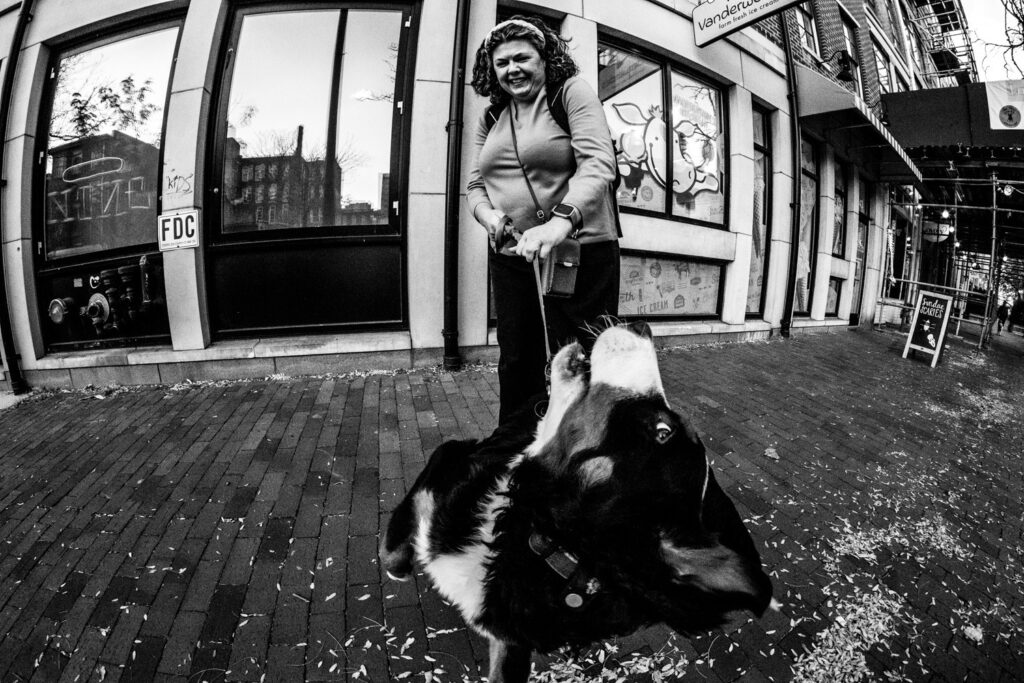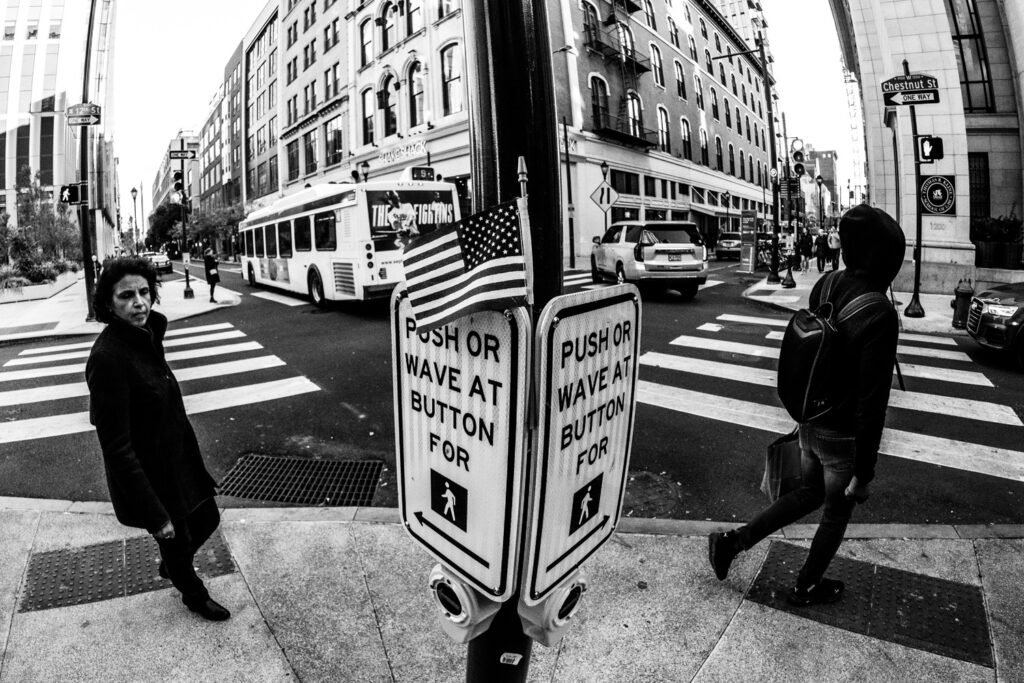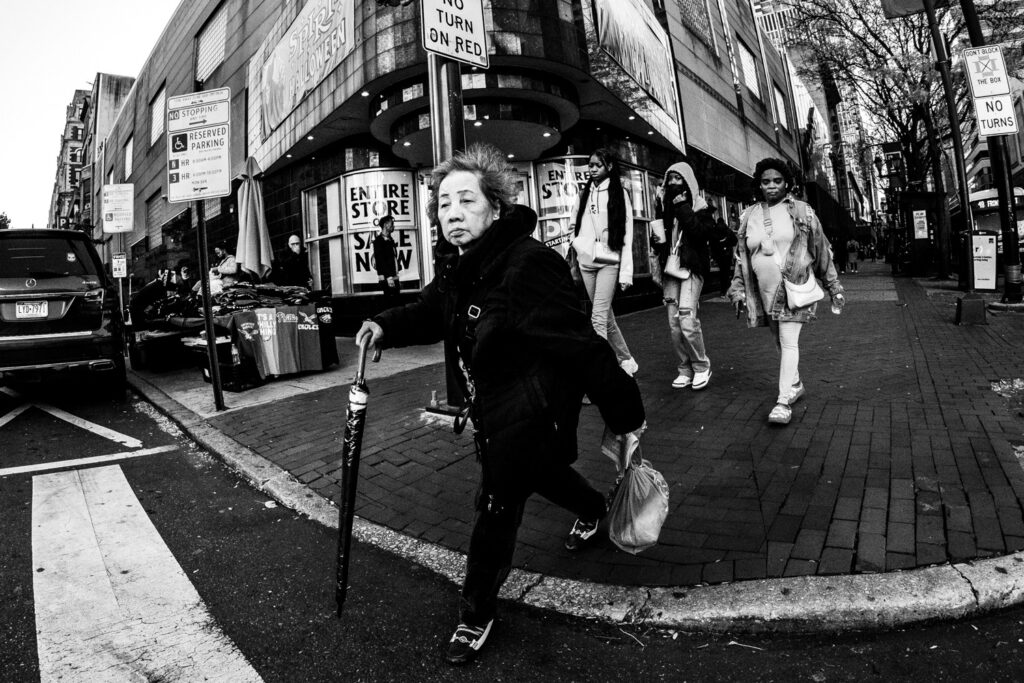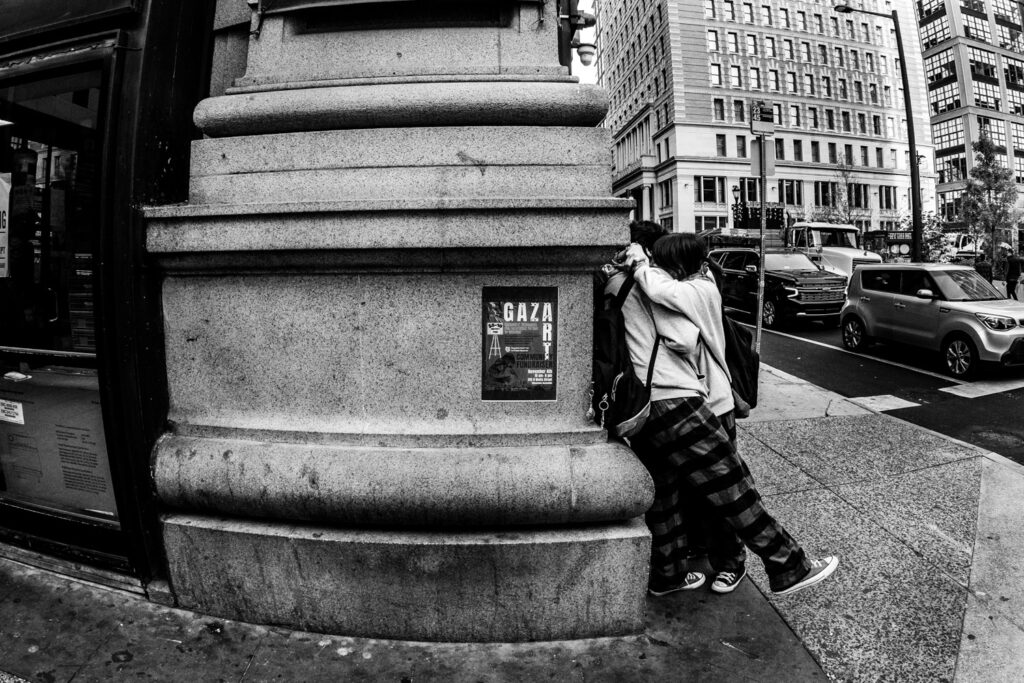There is a constant debate among street photographers as to which focal length is best. Do I follow in the footsteps of Gary Winograndand and shoot a 28mm lens, do I gravitate towards a 50mm like Henri Cartier-Bresson, or pick something ultra-wide and experimental? This is a tough question and something that I discuss with other photographers all the time.
I consider myself very lucky to own and have shot with all the major street photography focal lengths (and a few weird ones), so I put together this guide to help you select which focal length is right for you.
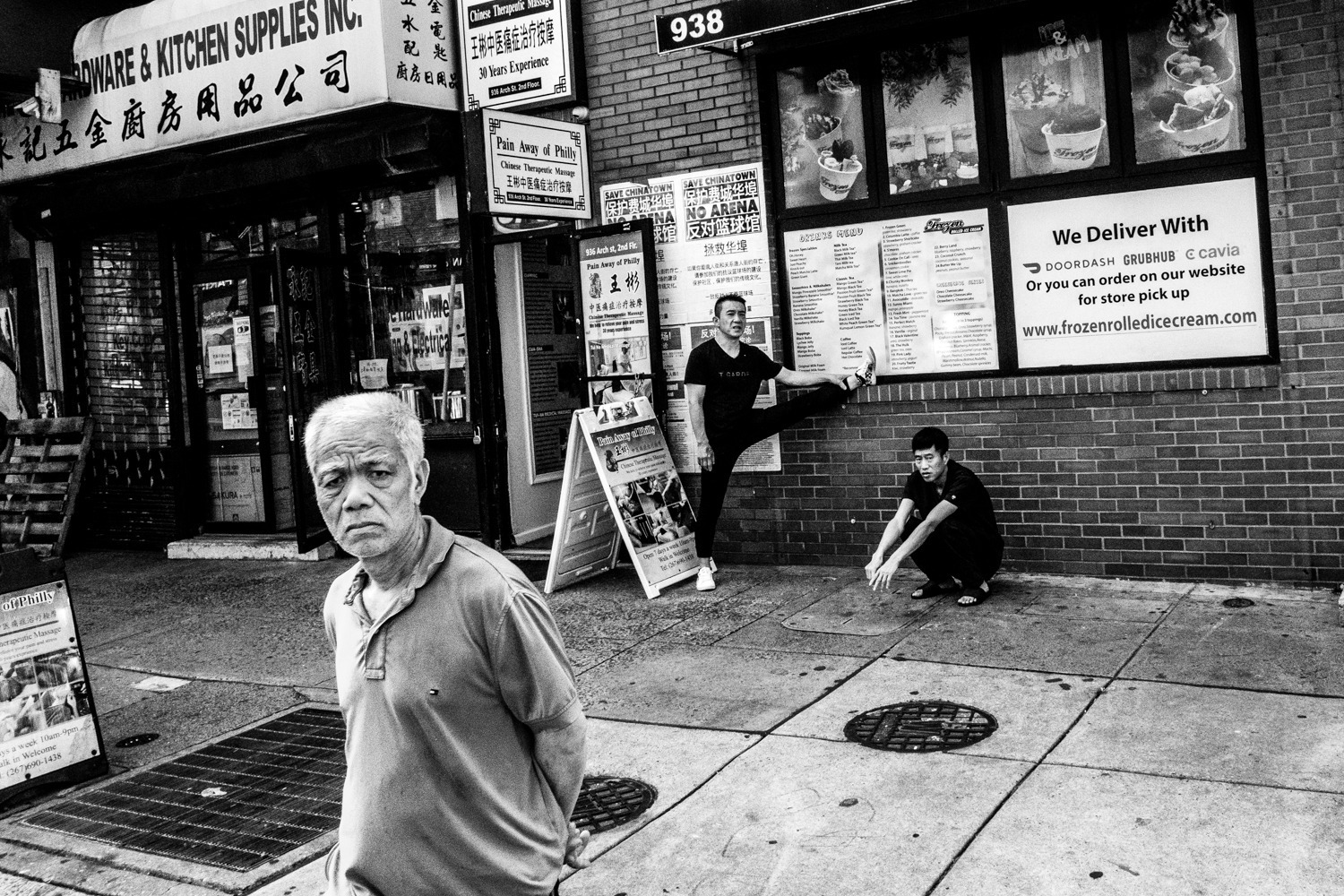
Your Environment & Your Shooting Style
Before we can dig into which lens is right for you, we need to discuss your environment and shooting style.
Your Environment
Street photography is heavily influenced by the area you shoot in. For example, I am writing this article from vacation in Mexico City, a densely populated metropolis that, in some sections, can be packed from shoulder to shoulder. Therefore, the expectations around personal space are far lower so one can get much closer with a wider angle lens.
However, I grew up in the suburbs of Philadelphia where the streets were wider, the people were bit more socially conservative, and the expectation of personal space was far higher. I felt much more comfortable shooting a more narrow lens because when I got too close to people they would feel invaded.
However, just because people got uncomfortable doesn’t mean I had to shoot a narrower lens, because your person style comes into play too.
Your Style
Now, I’m not saying everyone has to be like Bruce Gilden. I love the man’s work, but his up close and personal thing isn’t for everyone.
We all have our own personal comfort levels in terms of how close we are willing to get to people, what types of interactions we are willing to have, and what images we like. These will affect your lens choice!
If you are very comfortable talking to strangers and don’t mind getting close, then maybe getting closer with a wider lens is for you. On the flip side, if you are shy and like more abstract photos, then you may prefer a longer lens.
Primes vs. Zooms Lenses for Street Photography
Why even choose a single focal length when you can get a zoom lens that has all of them?
I have gone down this rabbit hole before and although a zoom like a 24mm to 70mm has all the most common street photography focal lengths, I still think a prime lens (a fixed focal length lens) is superior for street photography.
size and weight of a Zoom lens
First and foremost, zooms are big! A proper 2.8 zoom usually weighs more than the camera itself and is very noticeable on the street. A lot of great street photography relies on being a little discrete while shooting. Once the subject notices they are being photographed, the moment is typically ruined. That is why I prefer primes because they are usually quite small and uninvasive.
Maximum Aperture and Sharpness
Furthermore, they offer wider apertures and better image quality than a zoom. This might not be a huge deal, but if you shoot in the evenings, an extra stop of light can mean the difference between getting the photo and missing the photo. Now, I’m not saying you need a f/1.0 lens, but something around f/2 seems to be the ideal mix of size, image quality, and sharpness.
Forced Creativity
Lastly, one focal length forces you to get creative. If you don’t have any other options, then you are forced to make do with what you have, and that can actually make your photography better. Sometimes I am too far from a scene, and I am forced to compose a new shot with what I have available. Or I end up running into the scene and join in on the action creating a different moment. Regardless, if I had a zoom, I would just take the same boring photographs because I had unlimited options. Sometimes less truly is more.
A Note About Sensor Sizes and Focal Lengths
All focal lengths in this artcile will be talked about in relation to a full-frame sensor. If you shoot APS-C or Micro Four Thirds, your focal lengths will be different. I have included a conversion table below.
APS-C Equivlant Lenses
Multiply the full frame lens size by 0.66 to get an approximate APS-C equivlant. The crop factor of APS-C is 1.5, so you can also multiple APS-C lens sizes by 1.5 to get the full frame equivlant.
- 28mm Full Frame = 18mm APS-C
- 35mm Full Frame = 23mm APS-C
- 50mm Full Frame = 33mm APS-C
Micro Four Thirds Equivlant Lenses
Multiply the full frame lens size by 0.50 to get an approximate Micro Four Thirds (M43) equivlant. The crop factor of M43 is 2, so you can also multiple M43 lens sizes by 2 to get the full frame equivlant. M43 cameras also usually have a different aspect ratio of 4:3 rather than 3:2 on a full-frame or APS-C camera.
- 28mm Full Frame = 14mm M43
- 35mm Full Frame = 17.5mm M43
- 50mm Full Frame = 25mm M43
The 28mm Lens for Street Photography
For full transparency, this is the lens I prefer for my street photography. I have been using exclusively for the last 9 months, so I have quiet a bit to say about it since my switch has been relatively recent.
My Experience
makes a Small Moment Feel Big
I think what I like most about this lens is that the photo feel like I’m in the middle of the action. And when photographing with it, you probably will be. 28mm is wide! I like to think of it as my direct vision + like 50% of my peripheral vision. So if it is happening in front of me, it is likely in frame. This means that to isolate a subject, you have to get close.
However, once you are in the thick of it, this lens does wonders to make a small scene feel big. It captures so much detail of the scene that it really allows you to fill the frame. Whether your thing is environmental portraits or good action shots, I think it really does give you more elements to compose with. In my opinion the more elements you have, the richer and more interesting your photos tend to be.
Technical Reasons
From a technical perspective, I find 28mm better to use in street photography because it is easier to zone focus. Not to get too into the weeds, but wider lenses have more in focus at a given aperture. Therefore, I can set my lens to f/8 and toggle my critical focus between 1 meter and 2 meters to get 90% of my photos in focus.
Furthermore, the beauty of the 28mm lens is that it is wide, but not too wide. It does not exhibit as much distortion as a 24mm but still takes in lot of the scene. I find it still makes “normal” looking photos that do not feel stretched or warped.
Example Photos
Pros & Cons
No lens is perfect, and the 28mm lens is not without its strengths and weaknesses.
28mm Lens Benefits
- Takes more of the scene
- Low distortion
- Better zone focusing
- Creates very intimate images
28mm Lens Drawbacks
- If you are too far, your images will exaggerate that
- Can force you to get uncomfortably close
- Very little subject separation or bokeh
Who Should Buy a 28mm Lens?
I honestly don’t see this as a beginner lens. This is a lens that I think you move to once you are later in your photograph career. I think the biggest issue is that you have to get uncomfortably close to your subject to create a good image with this lens. Furthermore, it does not have a lot of subject separation, so you have to be comfortable creating more complex compositions because almost all elements usually end up in focus.
However, if you are a person who has been shooting a 35mm or 50mm for some time and want your images to have a bit more “pop” or excitement, then I think this lens is perfect for you. If you can work with this lens and lean into it’s strengths, I think you will get some exciting images.
The 35mm Lens for Street Photography
It is almost impossible to mention street photography without mentioning the 35mm focal length. Countless iconic photographs have been taken on this lens and countless legendary photographers swear by this lens.
My experience
The Do it All Lens
This was my perfered focal length for the better part of 3 years and one I often times gravitate back to. It just feels right. It strikes the perfect balance between having a comfortable distance to your subject but not being too narrow. 35mm is pretty much your forward vision plus a smidgen of your peripherals. This means it is much easier to isolate a subject or craft a scene because it limits the amount of extra stuff in your scene.
Out on the street I like this lens because I don’t have to be as close to my subject as I would with say a 28mm. The slightly narrower view means I can really pick and choose what is in my frame and better craft a clean composition. I think if you have a more measured approach and want to avoid the sometimes chaotic look of the 28mm this lens is perfect.
Technical
I really like this lens because it spans the gap between 28mm and the 50mm. It has a decent about of subject separation because of the slightly longer length, but it is not so much so that you can’t zone focus. I typically run this lens at f/8 or f/5.6 and set zones at 1, 2, 3, & 5 meters.
However, where this lens really shines is that it can also create beautiful portraits. When you open up the aperture and shoot a portrait you can still get nice out of focus backgrounds. It has pretty much no distortion and still reveals some background detail that gives the viewer good context.
Example Photos
Pros & Cons
No lens is perfect, and the 35mm lens is not without its strengths and weaknesses.
35mm Lens Benefits
- More comfortable shooting distance
- Less extra “stuff” in your scene
- No distortion
- Natural feeling because it is pretty much what your eyes see
35mm Lens Drawbacks
- Not as intimate as other lenses
- Subject separation can be challenging at narrower apertures
- Can sometimes be too close to the scene and have to stepback
Who Should Buy a 35mm Lens?
If you only have money for one lens, then stop reading and just buy this one. This is the best do-it-all lens I can think of. Stopped down it can deliver great “classic” street photographs and opened up it can create beatiful protraits.
Esspeically if you are beginer, then this lens is perfect. It feels very natural to use because of how it mimicks our own vision’s feild of view. It also don’t force you to get in your subject’s personal space which makes it very easy to use.
However, this lens does make photographs to me that look “standard”. I am not sure if it is because I have seen so many photographs at this length or if the work created at this length doesn’t resonate with me as much. Either way it is not the most dynamic lens, so if you trying to do something different, maybe look elsewhere.
The 50mm Lens for Street Photography
The lens that started it all. The lens that you probably bought cause it is cheap. The venerable, the timeless, the Nifty Fifty.
My Experience
Keeping Your Distance
I have somewhat of a contencious relationship with the 50mm lens. On some days I absolutely love it and others I can’t stand it. But how am I going to disagree with the defact founder of street photography Henri Cartier Bresson. He used a 50mm. So it has to be good right?
For me, I love how you can actually fully seperate a subject from the background with this lens. It has that classic you “shot this with a fancy camera” look, because it can achieve those blurry backgrounds that your cell phone just can’t reproduce. It is a wonderful lens for street portraiture, exellent at isolating a scene without getting super close, and adds quiet a bit of seperation at even relativelty small aperatures.
However, I find this lens can be a bit too narrow or zoomed in for my style of street photography. It’s feild of view is narrower than that of your forward vision, so your framing is cutting out a lot of what you see in front of you. I am often butting myself up against walls trying to squeeze more into the frame or practically jumping into the street just to snap a shot.
Technical Reasons
The real reason I like this lens is because of its ability isolate subjects like I said above. At longer focal lengths you begin to get shallower depth of feild which is great for some shots and bad for others.
Where this lens really struggles is fast manual focusing. As of this writing, I shoot a fujifilm X-Pro2 and use the OVF and zone focus. However, since the depth of feild is so narrow, it is very dificult to focus quickly and accurately.
Example Photos
Pros & Cons
No lens is perfect, and the 50mm lens is not without its strengths and weaknesses.
50mm Lens Benefits
- More comfortable shooting distance
- Less extra “stuff” in your scene
- No distortion
- Easier to isolate subject, create portraits, or shoot more abstractly
50mm Lens Drawbacks
- Not as intimate as other lenses
- Can sometimes be too close to the scene and require you to stepback
- Not as much information in the scene
Who Should Buy a 50mm Lens?
This lens is perfect for someone who’s style is a bit more structured and relys on precise isolation of a subject in a frame. It is also great if you want a little distance between you and your subjects.
If you are in the market for your first prime lens, I would probably still recommend the 35mm. It is just more versatile and you can ‘grow into it” a bit better. However, if you already shoot another lens and want a second lens to change things up with, I think this lens is perfect. Esspically if you shoot a 28mm, then this lens will be a very nice change of pace.
I think the only thing I would caution with this lens, is that at wider apertures it can give a bit of a telephoto look if you are far from your subject. I know a lot of other genres of photogrpahy like this, but in street photography it tends to look a bit cliche and amature. So, this lens may have a bit of a tough learning curve to avoid thos pitfalls.
Ultra Wide Angles or Telephoto Lens
What about a 12mm lens or a 105mm lens? Can those be used for street photography?
Of course! There are no rules in street photography. 28mm, 35mm, and 50mm are just the most common lenses photographers choose when doing street photography. In the past I have used 12mm fisheyes to create wild distortioned portraits or 85mm lens for extream subject isolation.
Street photography is what you make of it and pushing the evelope is what art is all about. In the coming weeks I will write more about my expereince of using non-traditional focal lengths for street photography.
You Will Always Have the Wrong Lens
This is a tough reality that I have just come to accept. At some point you will have to realize that there is no perfect lens. There is just the lens that you are comfortable with. Since switching to 28mm I have run into countless scenes where I have just been too far away, but I have also been in situation where anything narrower and I would have missed the shot. And I would not have it any other way!
I think having one lens is perfect because although I miss some moments, my brain is now trained to see in one focal length (28mm, just my preference) and now I subconciously seek out images that fit that field of view. I recommend you commit to a lens for at least a few months, because I promise you will eventually start to think, see, and visualze your photos in that length. Once that happens, you will have fully become “one” with you camera and your camera will become a perfect conduit for your vision.
